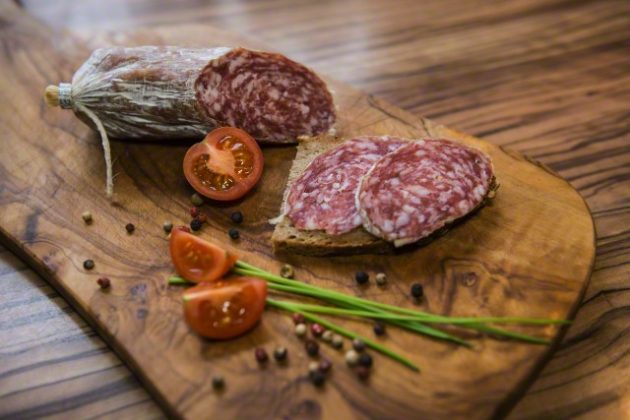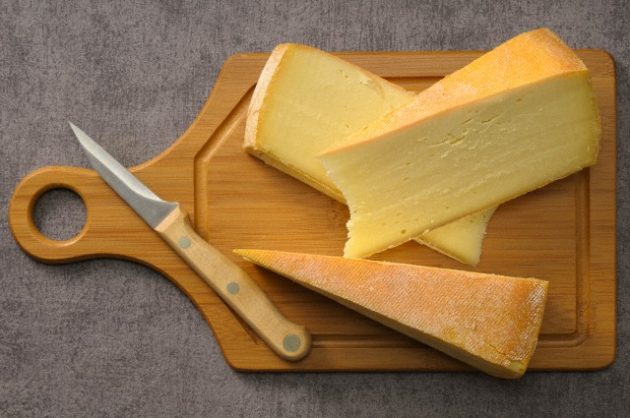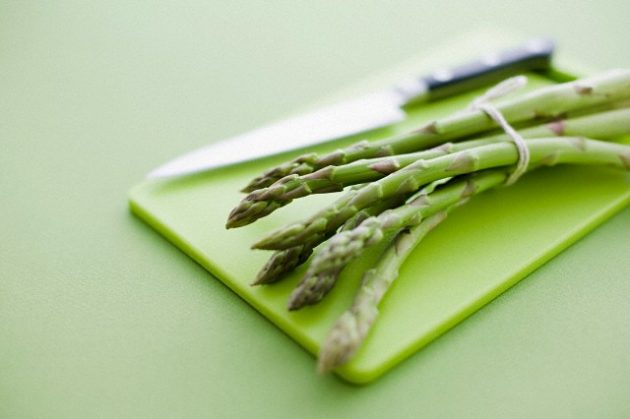Your chopping board stands up to a lot of tests during a typical day. The juice of fruits, berries, vegetables, and meat leaves traces on it, and an ineradicable smell appears from the fish. We soak the board in hot water, constantly scratching with a knife. Cutting boards are kitchen workhorses that steadfastly fulfill their duties day in and day out. In this article, we’ll walk you through everything you need to know about the types of cutting boards and how to care for them.
Wooden cutting boards
Wooden cutting boards are popular. They are beautiful and gentle on knives. Wood is a soft material; the knife sinks into it without becoming dull. Greenpeace will be against it, but wood planks can be used for most kitchen tasks. The flip side of the coin; Because of their softness, wooden planks often suffer. Poor quality, serrated knives damage them easily.
Due to the natural antiseptic qualities of wooden boards, bacteria do not spread so rapidly on them. However, they must still be thoroughly washed, especially tropical wood planks such as teak, which absorb bacteria.
Read also: 8 Ways To Make Your Kitchen Knives Last Longer
How to care for wood planks
Immediately after use, wash the wooden board in warm water and dry. Then lay it on a horizontal surface to prevent the board from warping. Never soak the board, but remove stains from berry juice and vegetables, sprinkle it with salt and soda, and then rub it with half a lemon. It would be nice to oil a wooden plank once a year. Pedantic cooks do this once a month.

Use petroleum jelly or edible beeswax to saturate the board, which can be found at any pharmacy. Apply the grease to a dry board and let it sit for a few hours, then wipe off any excess. You don’t need to use sunflower or olive oil to give the board an unpleasant odor.
Favorite kitchen boards will need rebuilding after years of service. Sand deep cuts with coarse sandpaper, then buff off small flaws. Wash the board with soap and oil.
Even a deformed wooden board can be leveled; put a damp cloth on the damaged area and iron it with an iron. Repeat until the defect is eliminated. Dry your board thoroughly before using.
Bamboo cutting boards
Bamboo planks have the same qualities as wood planks, but they are more environmentally friendly as bamboo trees grow very quickly. Bamboo is also endowed with antimicrobial properties but is a little harsher on knives than wood because it is stronger. A big plus; bamboo boards are stain-resistant and retain their light color for a long time.

How to care for a bamboo board
Wash your bamboo board with soap and water. Do not soak it. Bamboo strips are often combined with water-soluble glue; soaking the board can fall apart or deform.
Plastic cutting boards
In contrast to wooden and bamboo, plastic boards are cheaper and do not require a reverent attitude; they can be washed in the dishwasher and stored anywhere. However, they do not have antibacterial and antimicrobial properties, so they should be washed with a disinfectant detergent after each use.

How to care for a plastic board
Plastic boards do not require additional maintenance other than thorough washing, but they need to be changed more often. If the wooden one serves you for more than 10 years, then the plastic one will turn yellow in a year, covered with scratches and stains.
Also read: How To Choose a Kitchen Knife That Won’t Let You Down
Glass, marble, and slate cutting boards
Glass, marble, and slate boards are not stained and scratched, easy to clean, but deadly for knives; they literally dull with every touch. It is more rational to use these boards for kneading dough or for serving.

How to care for glass and stone boards
Wash glass, marble, and slate boards by hand with soap and then disinfect. They have no antibacterial properties. A disinfectant solution is easy to make at home; mix two parts vinegar with one part water. Sprinkle the resulting liquid on the board, and after a few seconds, wipe with a cloth.
Adapted and translated by Wiki Avenue Staff
Sources: Life hacker






